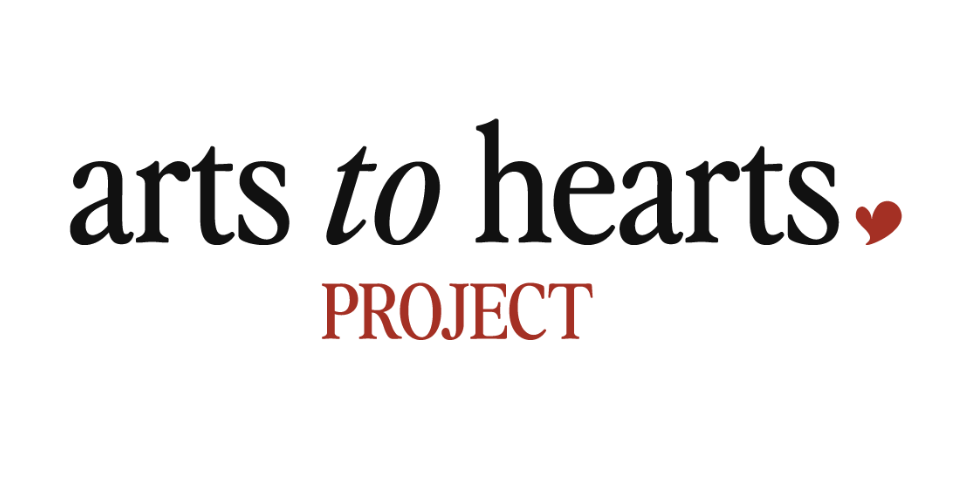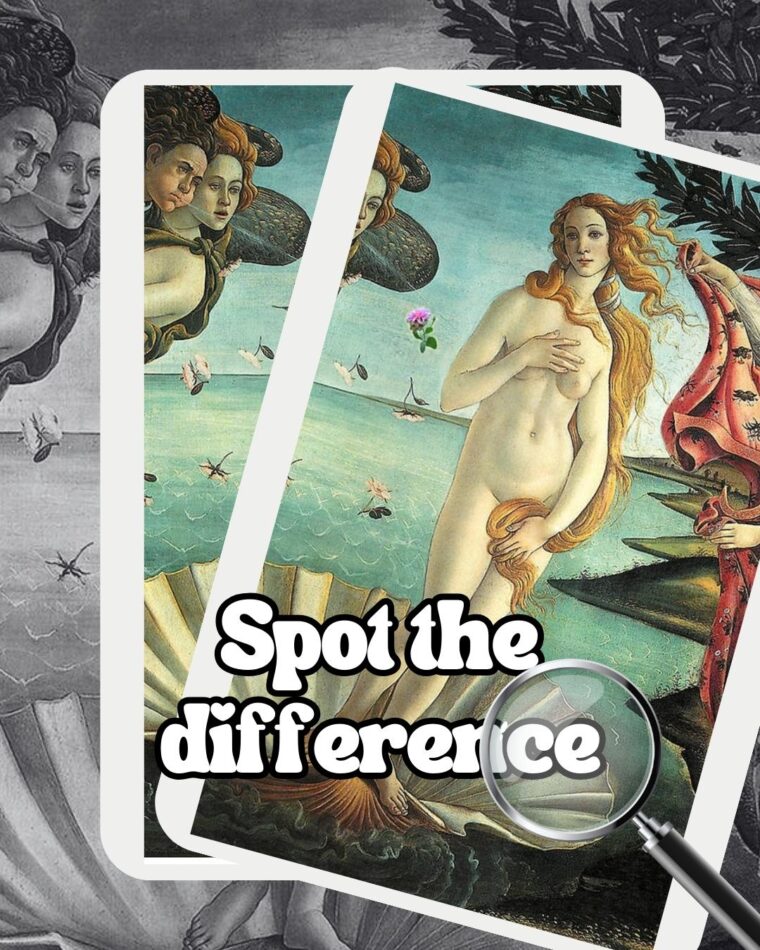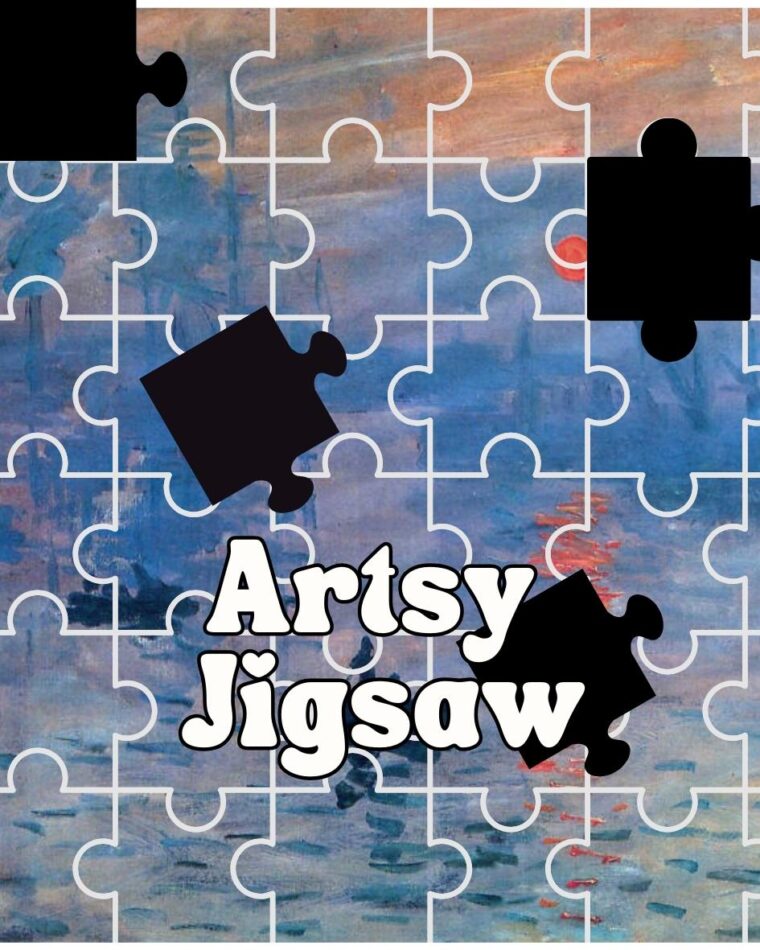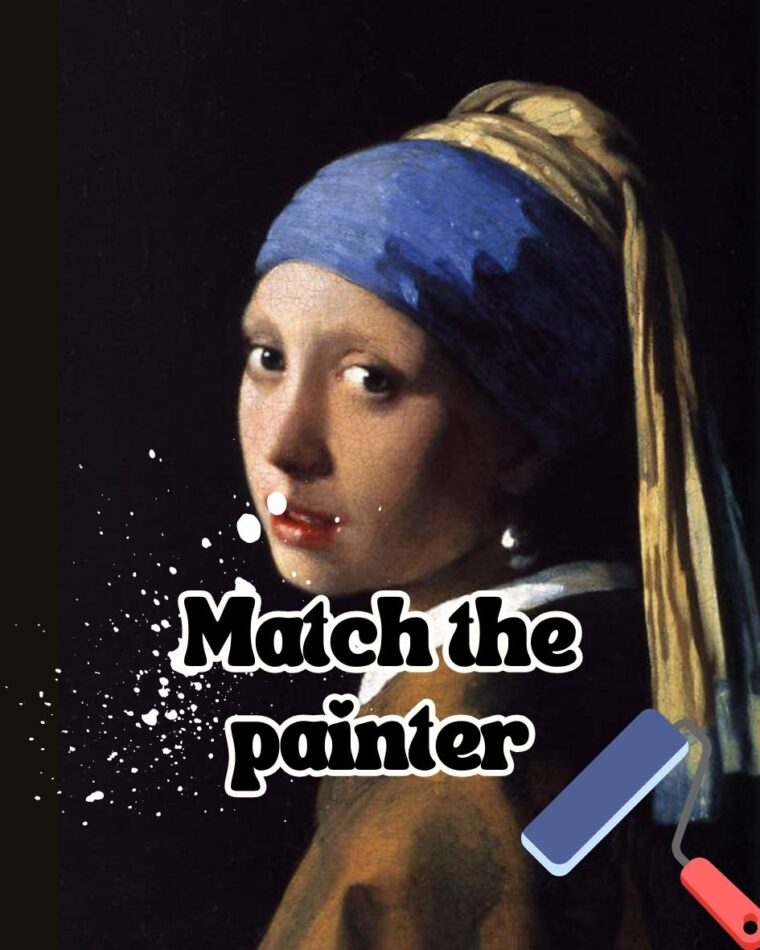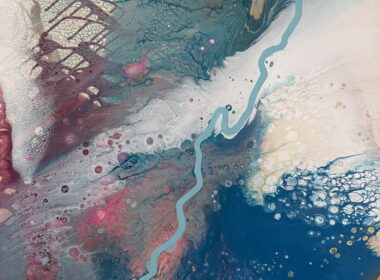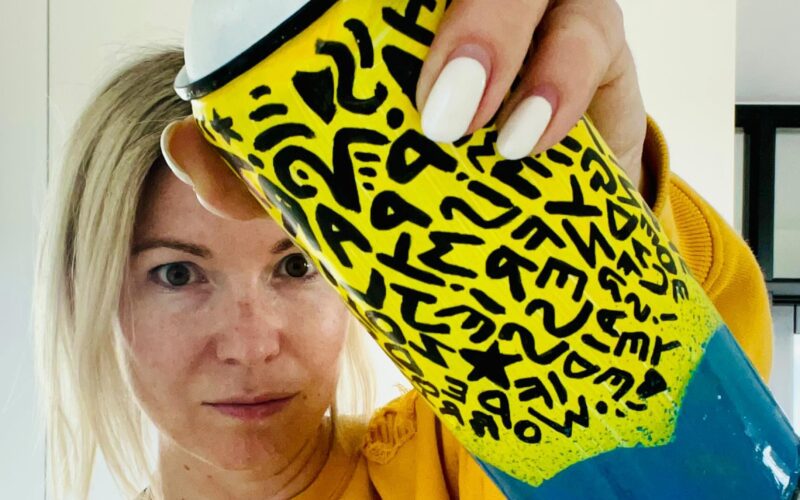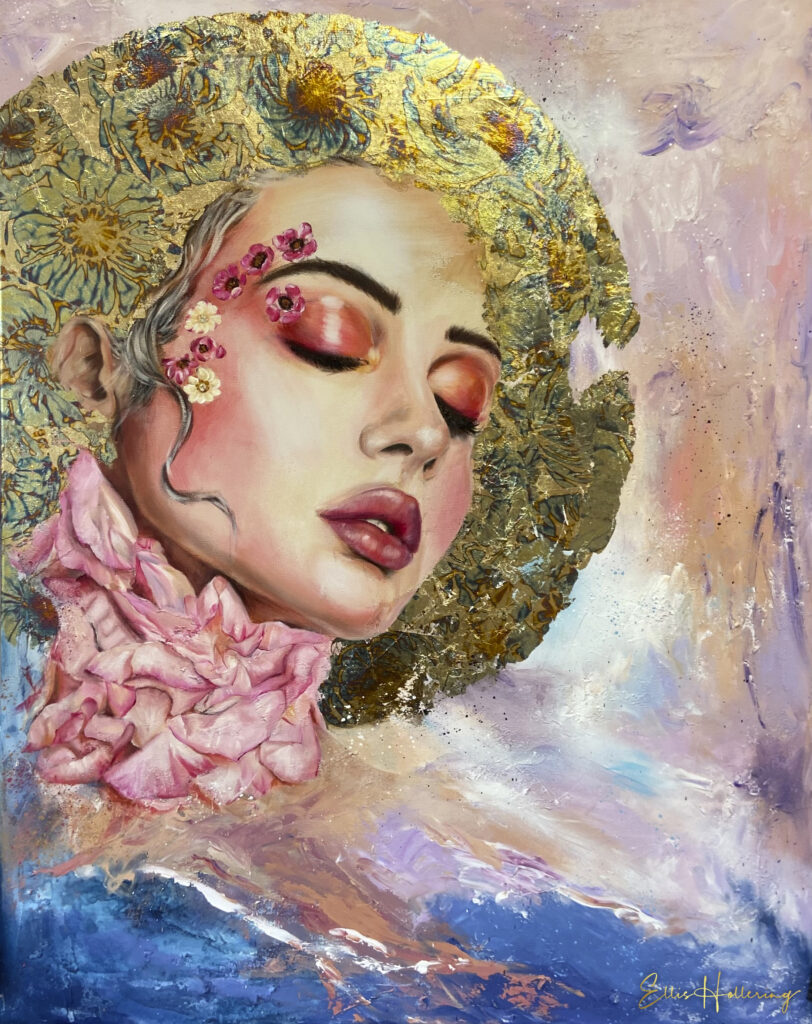
How Art Helped Marianne Hall Heal and Find Meaning in Life’s Transitions


Marianne Hall is an abstract artist based in Albuquerque, NM. In this interview, she shares how her art has been shaped by her life experiences, including the influence of her Lithuanian grandparents, her spiritual journey, and the loss of her long-time partner. She talks about how she connects to the Tibetan Buddhist concept of “bardo”—a state of transition—and how it has helped her accept the change and uncertainty in life and art. Marianne also reflects on living in Detroit, Toronto, and Albuquerque, explaining how each place influenced her creative voice.
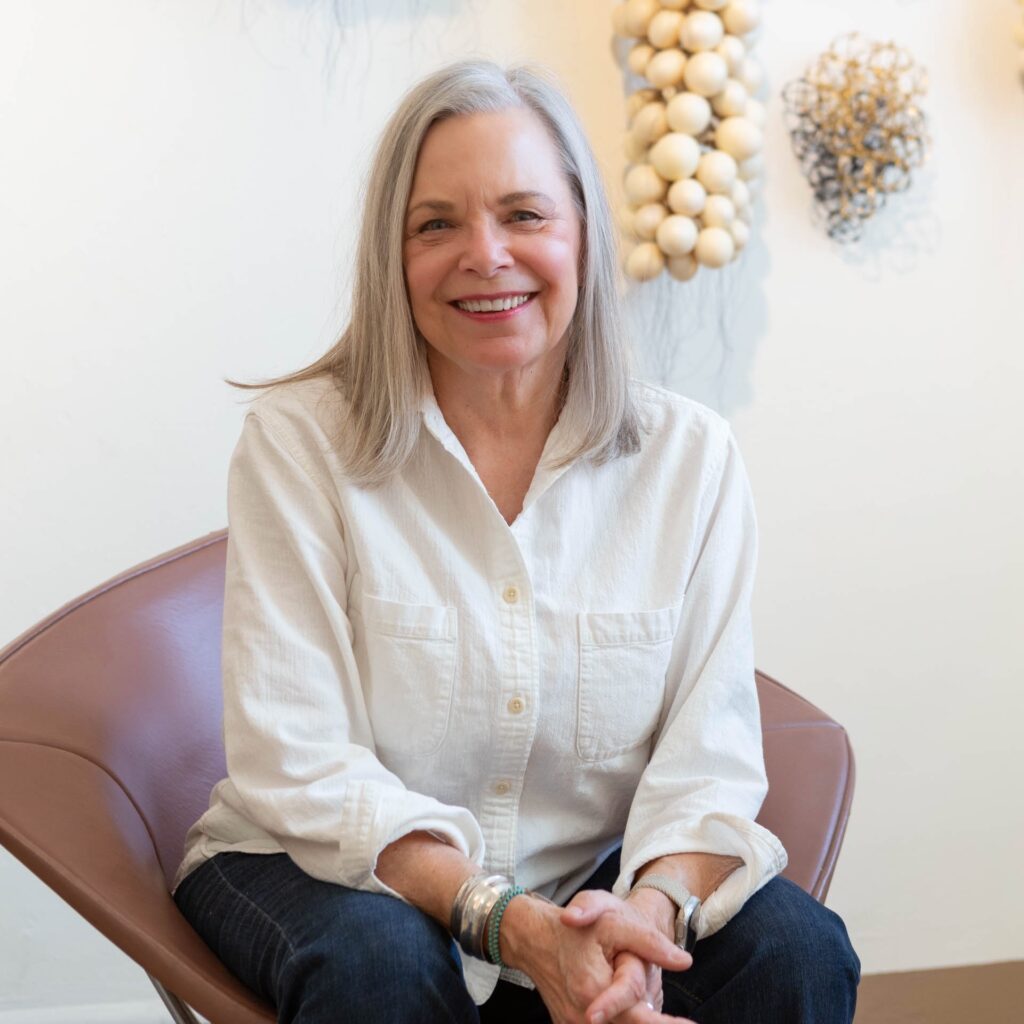
Marianne Hall, an abstract artist based in Albuquerque, NM, draws inspiration from diverse experiences. Born and raised amid Detroit’s auto industry, Hall earned a BFA in Fibers with honors from Wayne State University. While her travels once took her to various corners of the world, including Japan, Korea, Australia, Europe, and North America, Hall’s recent works focus on a more introspective narrative, intertwining personal heritage with creative expression. This exploration serves as a poignant journey and becomes a sanctuary for contemplation and healing, particularly following the loss of her long-time partner to brain cancer.
Drawing from profound emotions, Hall finds solace and inspiration in the Tibetan Buddhist concept of ‘bardo,’ the transitional state between death and rebirth. This philosophical influence weaves through her recent creations, infusing them with a contemplative and transcendent quality. Marianne Hall’s art speaks to universal themes, inviting viewers to explore the intersections of heritage, grief, and spirituality. Through meticulous craftsmanship and thoughtful reflections, she encourages contemplation on the shared threads that connect us in the vast tapestry of human experience.
She has lived and worked in studios in Detroit, MI, Toronto, ON, and at the Harwood Art Center in Albuquerque, NM. Her work is part of private collections around the world. In March of 2025, her work will be at the Turner Carroll Gallery in Santa Fe in a show titled: The New City of Ladies, sponsored by the New Mexico Women in the Arts chapter of the National Museum of Women in the Arts.
1. Your work intertwines personal heritage and creative expression. How has this introspective focus shaped your recent creative journey?
“My maternal grandparents, both Lithuanian immigrants, were deeply involved in the garment industry—my grandfather as a tailor and my grandmother as a fashion designer. While I never met them, their legacy has influenced my creative journey. Though my work has recently shifted from fabric to alternative materials like wire, glass, and porcelain, I feel connected to their craftsmanship by transforming raw materials into something functional and beautiful. The precision, attention to detail, and patience they embodied resonate in my sculptural practice. Working with materials that hold form mirrors their manipulation of fabric and thread. My art is less about the medium and more about the transformative act—imbuing raw materials with meaning and beauty. This ongoing creative dialogue with my grandparents’ legacy shapes my artistic identity and connects the past to my present expression.”
Inspired by the rhythms of nature and a belief in a universal spirit, my abstract pieces metaphorically explore relationships and connections, seeking order in chaos.
Marianne Hall

2. The Tibetan Buddhist concept of ‘bardo’ profoundly influences your art. How do you translate this philosophy into your creative process?
“The Tibetan Buddhist concept of bardo—the liminal space between death and rebirth—has deeply shaped my creative process, particularly following my partner’s terminal illness and passing. Bardo represents transition, uncertainty, and profound potential and has become central to my art, guiding a personal installation project still in development. This process has been challenging and freeing, reflecting grief, transformation, and new beginnings. Bardo has taught me to embrace ambiguity and the unknown in my work. Where I once sought clear outcomes, I now experiment with materials and forms without pressure for a defined result. The journey of creation has become as meaningful as the final product. Before this, I adhered to a rigid structure. Still, bardo has allowed me to explore fluidity and transformation, understanding that art, like life, thrives in the space between—where contradictions coexist and new possibilities emerge.”
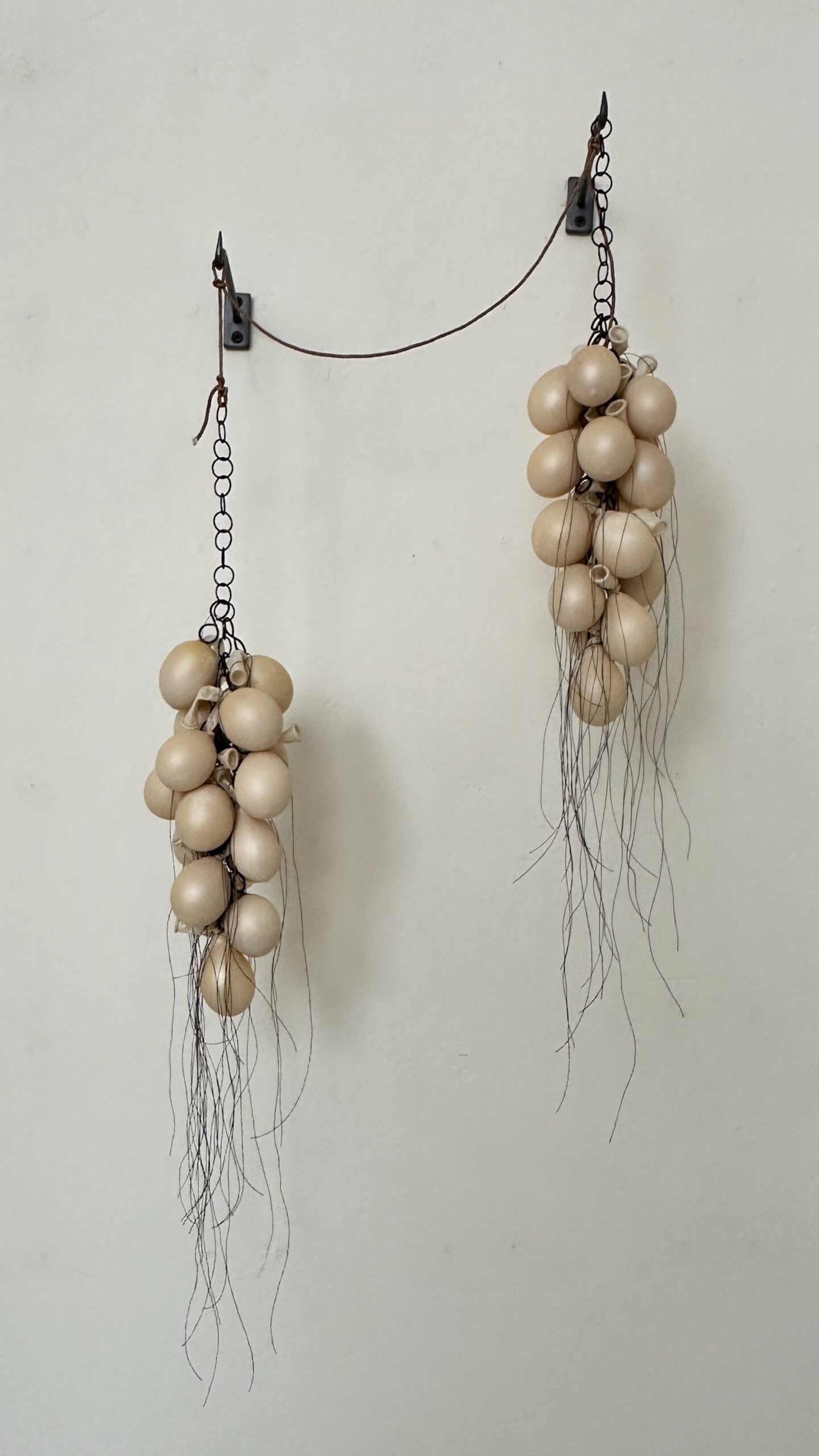
3. Grief and spirituality are central themes in your work. How has your art helped you navigate and transform these profound emotions?
“Spirituality has always been a guiding force in my life, especially during hardship. The loss of my partner was a profound challenge, but it also deepened my connection to both the spiritual and creative realms. Before his passing, he encouraged me to continue making art, urging me to honor my instincts. In doing so, I found not just a way to honor his memory but also a path through my grief. The act of creation—whether sculpting or working with fragile materials like glass—became a form of catharsis, allowing me to transform raw emotion into something tangible. My recent work, often unintentionally metaphorical, speaks to the fragility of life and the complexities of loss. Through my art, I’ve learned to channel my grief into a space for healing, introspection, and connection—both within myself and with the world around me.”
4. Having lived and worked in diverse cities like Detroit, Toronto, and Albuquerque, how have these environments impacted your creative voice?
“Living in diverse cities like Detroit, Toronto, and Albuquerque has influenced my creative voice. Growing up in Detroit, the industrial legacy and emphasis on efficiency shaped my minimalist approach, often using neutral, monochromatic tones in response to the city’s industrial aesthetic. The repetitive nature of Detroit’s assembly lines mirrors my structured, meditative creative process. I faced cultural and material challenges in Toronto that pushed me to innovate.
My connection with the Canadian Bookbinders and Book Artists Guild and the discovery of Japanese papers enriched my work with new techniques and textures. Finally, Albuquerque’s vibrant cultural blend and supportive art community have encouraged me to embrace individuality and creative freedom. The city’s open, relaxed atmosphere allows me to experiment without the constraints of previous environments, fostering a deeper exploration of my artistic boundaries. Each city has provided unique lessons, shaping my work meaningfully.”
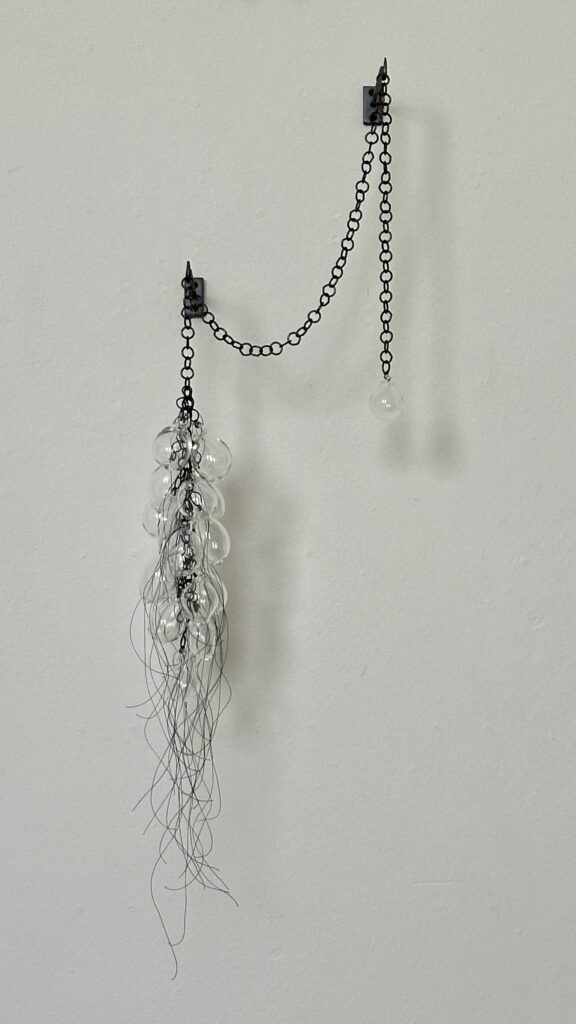
Through my art, I’ve learned to channel my grief, turning it into a space for healing, introspection, and connection—both within myself and with the world around me.
Marianne Hall
5. Your upcoming show, The New City of Ladies, explores themes tied to women in the arts. Can you share more about your contribution and its significance?
“The New City of Ladies is an exciting exhibition organized by the New Mexico Chapter of the National Museum of Women in the Arts, exploring the diverse roles women play in the arts today. I’m honored to have my work selected for such a meaningful show. My piece, Don’t Let Them See You Cry, is a wall-hung sculpture made from metal chain, borosilicate glass, and vintage button thread. These materials were carefully chosen to convey a tension between fragility and strength, vulnerability and resilience. The title speaks to the societal expectation for women to mask their emotions and maintain composure, even in adversity. This exhibition holds particular significance, allowing me to showcase my work alongside other women artists exploring complex themes. It’s an honor to be part of a conversation celebrating women’s persistence, creativity, and resilience in the arts.”
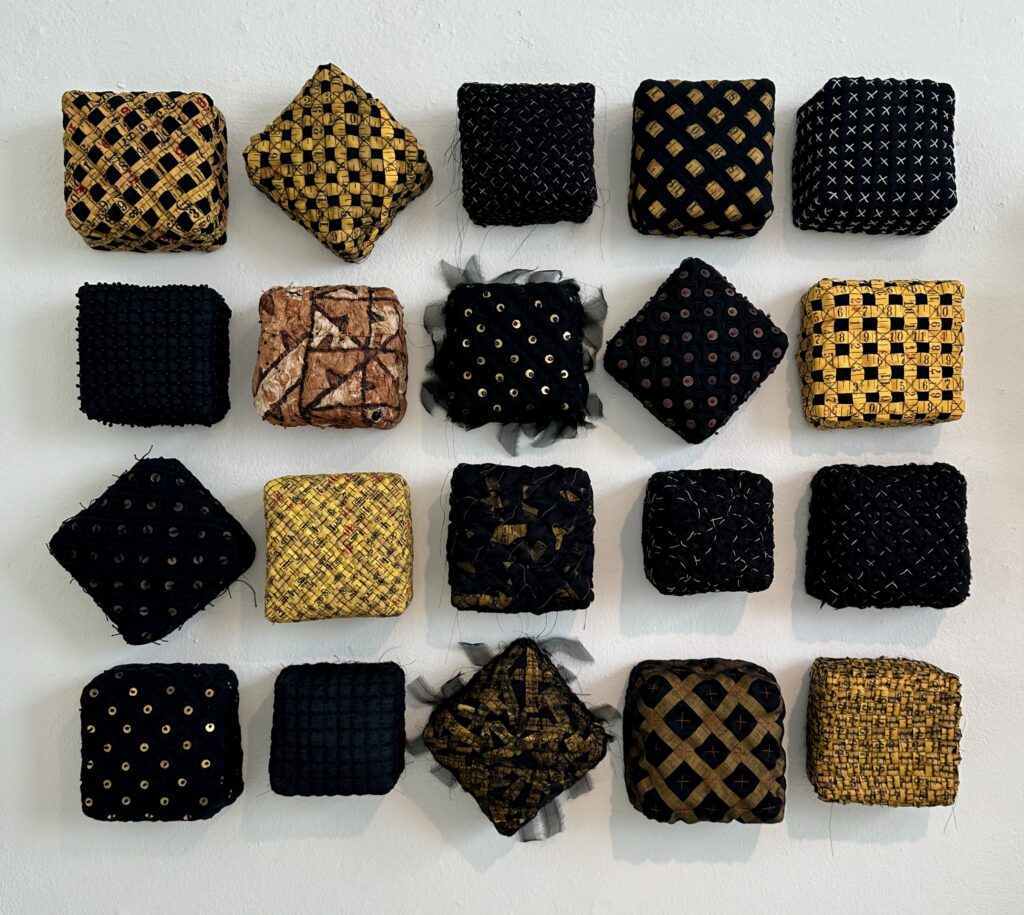
6. Your art invites viewers to reflect on universal themes. What do you hope people take away from experiencing your work?
When people engage with my work, I hope they bring their interpretations and emotional responses to it. Art is a conversation between the piece and the viewer, and each person’s unique perspective adds layers of meaning that I may not have originally intended. I’m always pleased when the work resonates with someone in a way that feels personal or meaningful to them—whether they see something I planned or discover something entirely new. Ultimately, I want my work to be both relatable and thought-provoking, sparking reflection on universal themes like identity, vulnerability, and resilience. I believe that art has the power to connect us to both ourselves and to one another in ways words sometimes can’t. When someone finds something of value in the piece, it’s a beautiful moment of connection—one that feels validating not only for me as the artist but also for the viewer, who has brought their own experience to the conversation.

This conversation with Marianne Hall gives us a glimpse into how she uses her art to cope with grief and grow spiritually. Her work is a powerful reminder that art can help us process our emotions and find meaning in life’s challenges. Through her unique creative process, Marianne teaches us about the strength in vulnerability and the beauty that can emerge from life’s most challenging moments. To learn more about Marianne, click the following links to visit her profile.
Arts to Hearts Project is a global media, publishing, and education company for
Artists & Creatives. where an international audience will see your work of art patrons, collectors, gallerists, and fellow artists. Access exclusive publishing opportunities and over 1,000 resources to grow your career and connect with like-minded creatives worldwide. Click here to learn about our open calls.

